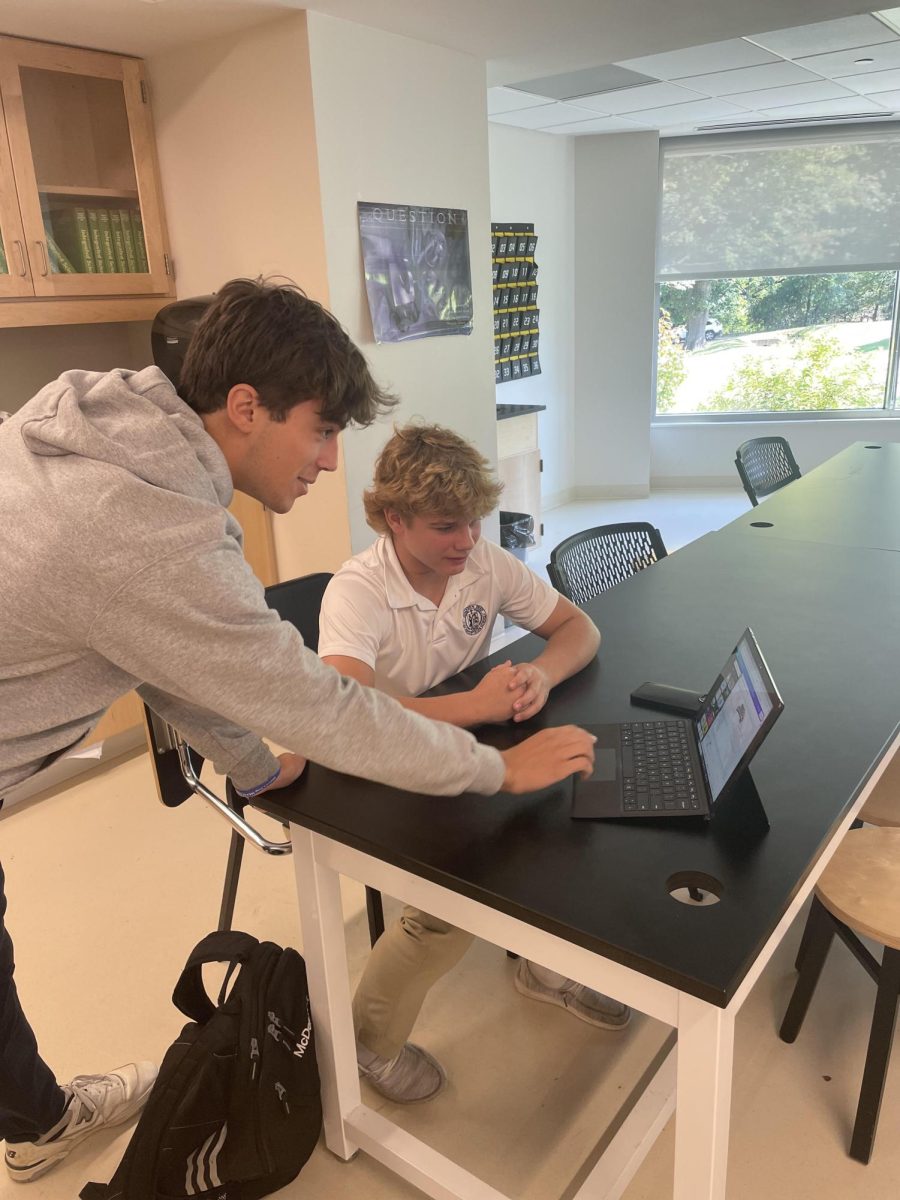These days, computers are almost everywhere. From the ATM machine a block away to Japan’s more modern refrigerators, it is almost impossible to avoid the tyranny of computers. However, when the word computer is mentioned, it usually brings to mind the high cost of decent technology.
The Raspberry Pi aims to change this.
Just weighing a meager 45 grams, the popular computer has been a success in the homebrew world. These capable devices can do almost anything, from running a basic version of Linux to controlling a complex robot. The possibilities are endless.
The best part? These devices are only $25 dollars for the model-A and $35 for the more feature-rich Model-B. Thus, these devices are practical enough to mass-purchase for educational use.
One of the newer and smaller clubs at Malvern makes the Raspberry Pi a focal point in their mission. Each member of the club is supplied with one single Raspberry Pi board. They are expected to supply their own SD Cards containing Raspbian, a free and lightweight operating system that was designed to keep the Raspberry Pi in mind during development.
Not only that, the club members are also asked to supply computer-related peripherals such as small or old TV screens, mice, keyboards, power cables and a case to protect their computer.
During the times when the club meets, they explore the possibilities and try to push the limits as to what their own Raspberry Pi is able to do. In the end, they want to try to create a basic version of Linux that can work with basic commands
The club is not just stopping there. At the end of the school year, the club plans to give away their Raspberry Pi’s to the juniors that are going to service trips in other countries.
If you are interested in getting involved with Malvern’s Raspberry Pi club, contact Mr. Leo Kindon. To learn more about the Raspberry Pi Foundation, visit http://www.raspberrypi.org





